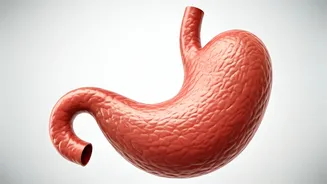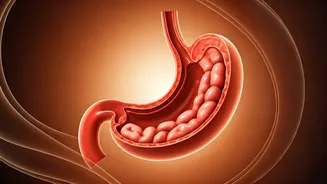Mindfulness: Defining Concepts
Both cyclic breathing and meditation serve as potent tools for mental well-being, but they employ different methods to achieve similar goals. Meditation
generally focuses on a state of focused awareness, often achieved through concentrating on the breath, a mantra, or a visual image, thereby promoting mental clarity and emotional stability. Cyclic breathing, on the other hand, is a specific technique involving a rhythmic pattern of inhalation, retention, and exhalation, typically guided by a specific timing or count. Its purpose is to influence the nervous system, potentially alleviating stress and anxiety, and promoting relaxation. While both aim to quiet the mind and foster a sense of inner peace, their approaches and underlying mechanisms differ considerably, leading to varied effects on the individual practitioner.
Cyclic Breathing's Approach
Cyclic breathing, also called 'sudarshan kriya' in some traditions, centers around a controlled manipulation of the breath. The core concept is establishing a pattern, often including specific durations for inhalation, breath retention, and exhalation. This structured approach directly influences the autonomic nervous system, impacting the balance between the sympathetic (fight-or-flight) and parasympathetic (rest-and-digest) responses. Practicing cyclic breathing helps to downregulate the stress response, which is crucial for those experiencing high anxiety or chronic stress, promoting a sense of calm and reducing the physical manifestations of stress like increased heart rate and muscle tension. Consistent practice can train the body and mind to respond to stressors more effectively.
Meditation's Core Principles
Meditation emphasizes the cultivation of present moment awareness. This practice involves directing attention to a particular focus—such as the breath, a mantra, or bodily sensations—and learning to observe thoughts and feelings without judgment. The goal is to cultivate a non-reactive state where the practitioner becomes aware of their thoughts without getting carried away by them. This process allows individuals to step back from the mental chatter and develop a sense of detachment from stressful thoughts. Meditation is often associated with improvements in attention span, emotional regulation, and a greater overall sense of well-being, achieved through its systematic training of the mind to reduce mental distractions and cultivate inner peace.
Immediate vs. Long-Term Impacts
Both cyclic breathing and meditation deliver both immediate and long-term advantages, although the nature of these effects varies. In the short term, cyclic breathing usually fosters relaxation through its effects on the nervous system, potentially reducing anxiety levels promptly. Meditation can also offer instant benefits through a focus on the present moment, offering a sense of calm in the midst of immediate stressors. Over the long run, consistent practice of cyclic breathing can lower baseline stress, potentially improving sleep and general health by regulating the body's stress response. Likewise, sustained meditation may lead to better emotional resilience, improved focus, and a more positive outlook on life, cultivating a greater capacity to handle adversity and manage stress more effectively over time.
Choosing the Right Method
Selecting between cyclic breathing and meditation depends on personal preferences and specific needs. If the primary goal is quick stress relief, particularly when dealing with acute anxiety, cyclic breathing might provide more immediate benefits due to its direct impact on the autonomic nervous system. Individuals seeking a more comprehensive approach to mental well-being, involving improved focus, emotional regulation, and enhanced self-awareness, might benefit more from meditation. Some individuals also find that a combination of both practices enhances their overall well-being; integrating both techniques could harness the strengths of each, offering a holistic approach to mental health. The ultimate decision is personal, guided by one's specific objectives and what resonates with their individual needs and comfort levels.










